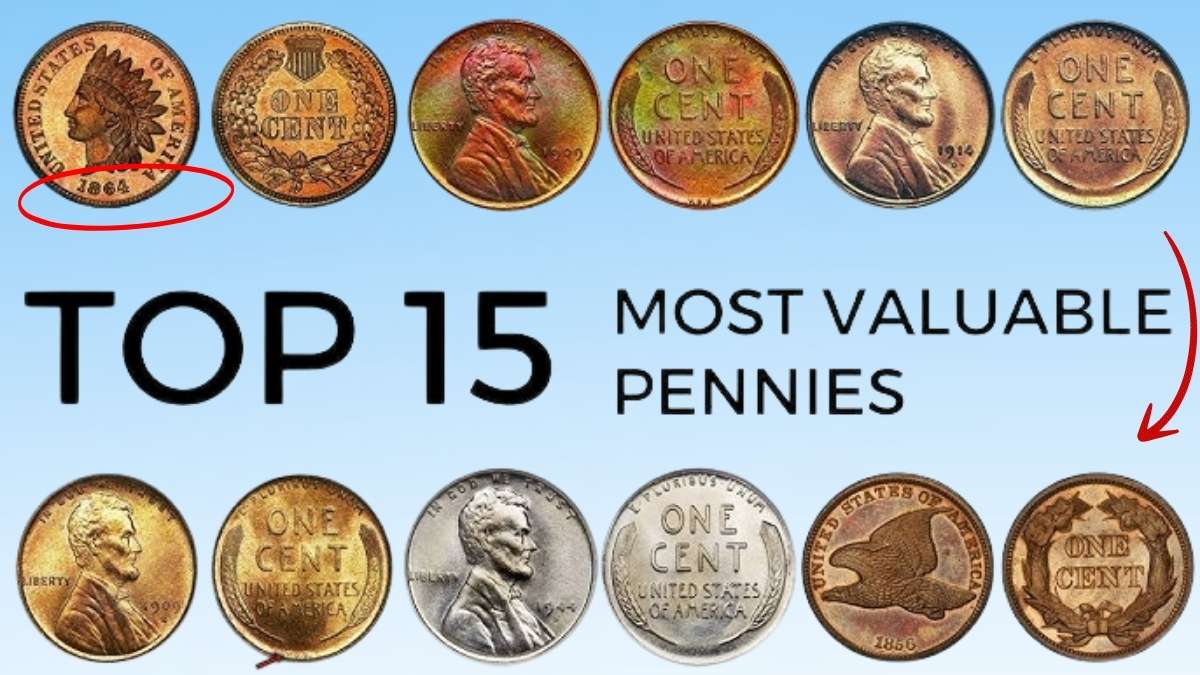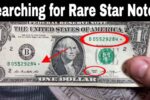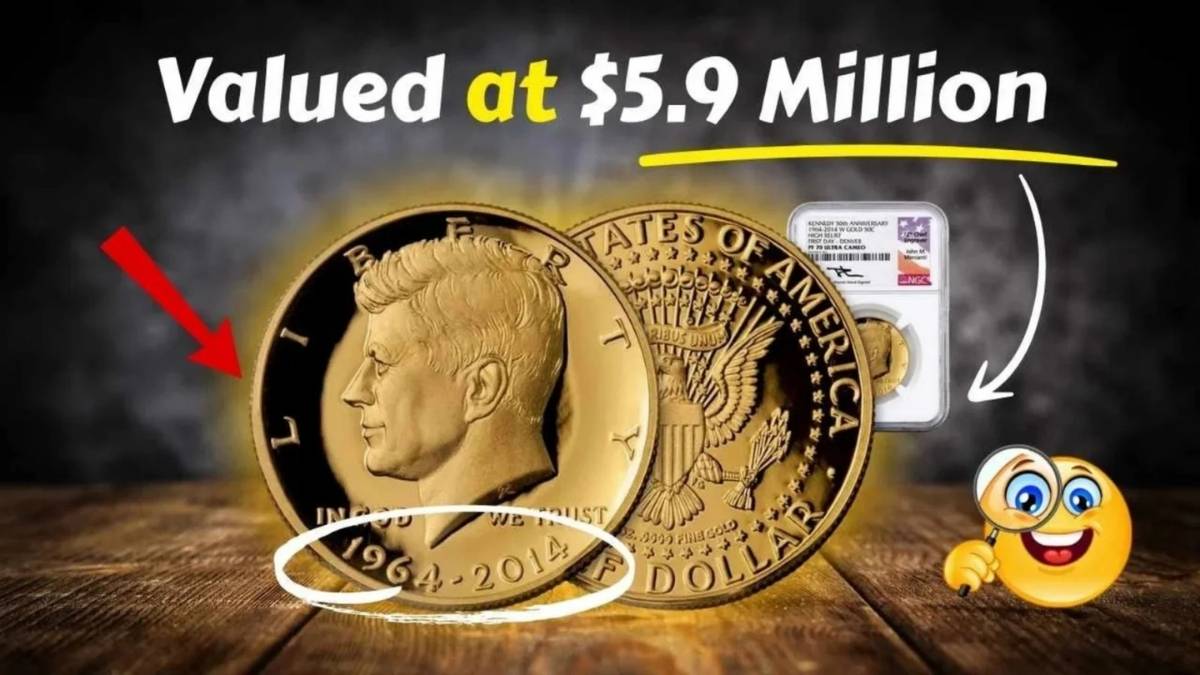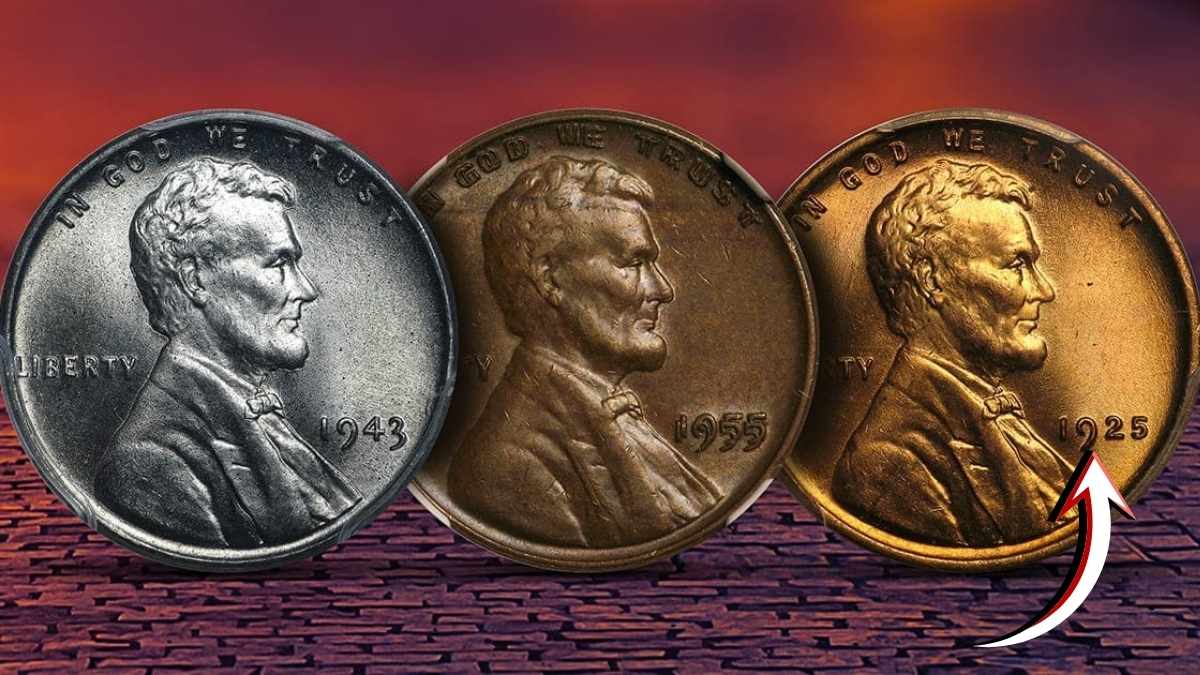If you’ve ever sorted through an old jar of coins or inherited a small box of change, you might be sitting on a hidden treasure. Some U.S. pennies from the 1900s are worth hundreds or even thousands of dollars today. For beginner coin collectors, learning which dates and mint marks to look for is one of the most exciting parts of the hobby.
In this guide, we’ll walk you through 12 of the most valuable pennies from the 1900s, what makes them special, and a few beginner tips to help you start collecting with confidence.
Why Some Pennies Are Worth More Than Others
Before we dive into the list, it helps to understand why certain pennies are valuable. Three main factors determine a coin’s worth:
- Rarity: Fewer coins minted (or surviving today) usually means higher value.
- Condition: Coins in mint or uncirculated condition can be worth many times more than those that are heavily worn.
- Errors and Variations: Mistakes made during the minting process like doubled dies or wrong metal planchets can make a penny extremely valuable.
Now, let’s explore the standout pennies that collectors dream of finding.
1. 1909-S VDB Lincoln Wheat Penny
This is one of the holy grails for U.S. penny collectors. When the Lincoln cent debuted in 1909, designer Victor David Brenner’s initials (VDB) were placed on the reverse. Public criticism led the U.S. Mint to remove them shortly after, leaving only 484,000 coins with both the “S” mint mark (San Francisco) and “VDB.”
Even in circulated condition, this coin can fetch over $700, while high-grade examples easily reach five figures.
What to look for:
- Date “1909” with an S below it
- “VDB” on the bottom reverse of the coin
2. 1909-S (No VDB) Lincoln Wheat Penny
Produced the same year as the VDB version but without the initials, this coin also had a low mintage of around 1.8 million. It’s still a highly collectible key date for beginners.
Approximate value: $100–$400 depending on condition.
3. 1914-D Lincoln Wheat Penny
The 1914-D from the Denver Mint is one of the hardest Lincoln cents to find in high grade. Only 1.19 million were minted, and most went into circulation immediately.
In fine condition, it can sell for $150 to $500, while uncirculated examples can exceed $5,000.
4. 1922 “No D” Lincoln Wheat Penny
Here’s a famous mint error that collectors love. In 1922, all Lincoln cents were supposed to be struck in Denver, meaning every penny should show a “D” mint mark. However, one die became worn and failed to stamp the “D,” creating the 1922 Plain variety.
This error coin can bring hundreds to thousands depending on condition.
Tip: Many fakes exist always buy authenticated examples.
5. 1943 Bronze Lincoln Penny
During World War II, the Mint switched from copper to zinc-coated steel to save copper for the war effort. But a few bronze planchets (used in 1942) accidentally got struck with 1943 dies.
If you find a 1943 penny that looks copper-colored instead of silver-gray, you could be holding one of the most valuable pennies ever made worth up to $150,000 or more.
How to test: Use a magnet. Steel cents will stick; bronze ones won’t.
6. 1944 Steel Lincoln Penny
After switching back to bronze in 1944, a few leftover steel blanks were accidentally used. These 1944 steel cents are among the rarest U.S. coins of the 20th century, with only a handful known.
They can sell for over $100,000 at auction.
7. 1955 Doubled Die Obverse Penny
One of the most famous error coins ever minted, the 1955 doubled die penny shows strong doubling on the date and the word “LIBERTY.”
This coin was widely released into circulation, making it an attainable yet valuable find. Depending on condition, it’s worth anywhere from $500 to $15,000.
8. 1969-S Doubled Die Obverse Penny
A similar error to the 1955, this one shows bold doubling on the front, especially on “LIBERTY” and “IN GOD WE TRUST.”
The 1969-S doubled die is rare and heavily counterfeited, so authentication is essential. Genuine coins can bring $25,000 to $75,000 at auction.
9. 1970-S Small Date Doubled Die Penny
This subtle variety is tough to spot but exciting for new collectors to learn about. The “Small Date” version shows slight differences in the shape and spacing of the numbers in the date.
A genuine doubled die example can sell for $1,000–$3,000 in high grade.
10. 1924-S Lincoln Wheat Penny
This San Francisco-minted coin had a relatively low mintage of just 1.7 million. Because many were poorly struck, finding one in good condition is a challenge.
Well-preserved examples can reach $200 to $1,500 depending on the grade.
11. 1931-S Lincoln Wheat Penny
The Great Depression led to lower coin production, and only 866,000 pennies were minted in San Francisco in 1931. That makes the 1931-S another important “key date” for Lincoln cent collectors.
Expect prices from $100 in circulated condition to over $1,000 uncirculated.
12. 1999 Wide AM Lincoln Memorial Penny
Although it’s technically from the late 1900s, this modern variety is still worth mentioning. On normal 1999 pennies, the letters “A” and “M” in “AMERICA” are close together. On the “Wide AM” variety, they are clearly separated a design mix-up from a proof die.
A circulated example can bring $100–$500, while mint-state versions can top $2,000.
Tips for Beginner Coin Collectors
Getting started with coin collecting doesn’t have to be expensive. Here are a few practical tips:
- Check your change! You never know what’s hiding in an old coffee can or family piggy bank.
- Learn to spot key dates and mint marks. Use a magnifying glass or coin loupe.
- Handle coins carefully. Hold them by the edges to avoid scratches.
- Use reliable resources. Websites like PCGS, NGC, and USA Coin Book offer free price guides and photos.
- Consider professional grading for valuable coins it adds credibility and protects your investment.
The Bottom Line
Even the most common coins can have surprises hiding among them. From the famous 1909-S VDB to the elusive 1943 bronze cent, these 12 valuable pennies remind us why collecting coins is such a rewarding hobby.
Whether you’re a casual collector or just curious about what’s in your change jar, take a closer look you might discover a small copper treasure worth a fortune.
FAQs About Valuable Pennies
Q: What makes a penny valuable?
A: Rarity, condition, and minting errors are the main factors that increase a penny’s value.
Q: How can I tell if my penny is rare?
A: Check the date, mint mark, and any unusual features like doubling or color differences.
Q: Are wheat pennies worth keeping?
A: Yes! Many wheat pennies (1909–1958) are collectible, especially those with “S” or “D” mint marks.
Q: What’s the rarest penny from the 1900s?
A: The 1943 bronze and 1944 steel pennies are among the rarest and most valuable.




